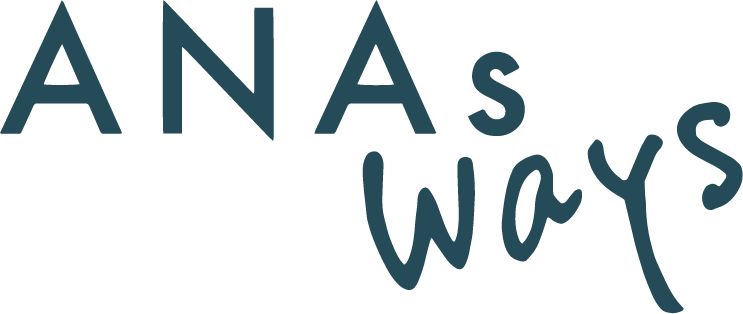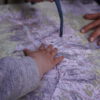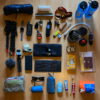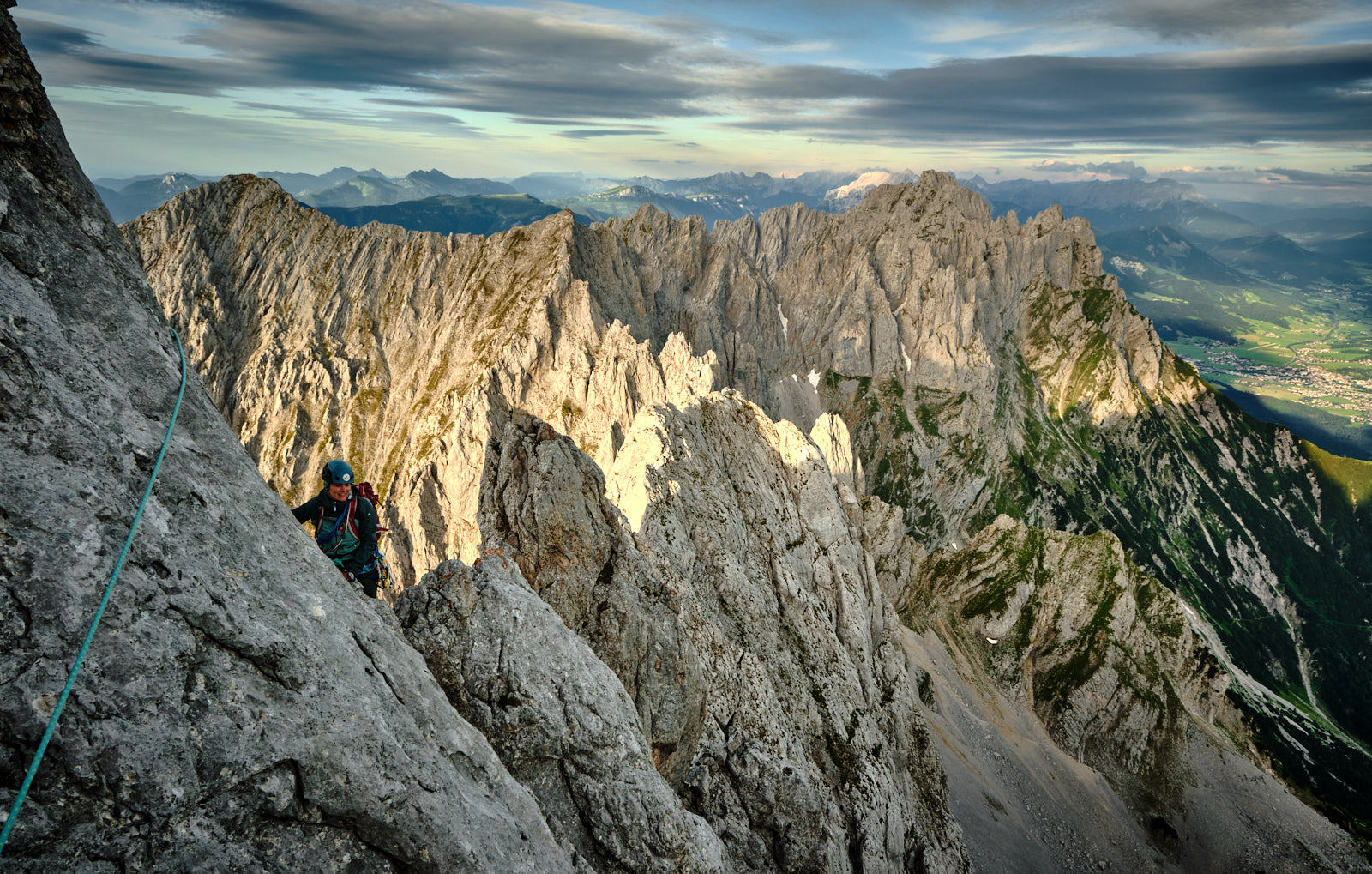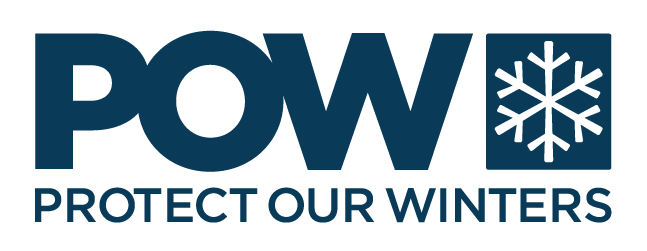I’m sitting on the airplane, looking out of the window at the endless sunset, that has been going on for more than five hours. It feels almost as if I am chasing the sun. I am flying west. As I an sitting in the confined space of this raging tin-box, I think of Thomas. I don’t know him personally, he had been to a presentation of mine, had read my last Blogpost about my guilty climate-conscience and then wrote me a remarkable email: He offered not to take his annual long-distance-flight this year, and to thereby give me his share of the annual CO2-emissions-account. He said, that only when we work together, we can move towards a better future. His offer moved me deeply and I am grateful to him up here.
Finally, as I lean back in my seat, I realize that it is really happening. I am finally on the way to this adventure that I have been planning for the last couple of months.

From February to May of 2019 I will be accompanying the Colorado River from its source to the sea. I am thereby entering into new territory: Canyonlands and deserts, a landscape of utter wilderness and extreme exploitation at the same time. I’ll be encountering an immensity that I could not find anywhere in Europe. The mighty river, 2.333 kilometers (1450 miles) long, has its source in the Rocky Mountains of Colorado, flows through Utah und Arizona and finally, mostly dried out or below ground, it enters into the Sea of Cortez (Gulf of California).
Next week I will start along my personally designed route in the snowy mountains of Colorados Rocky Mountain Nationalpark with snowshoes. It will be cold, I know that much now. Then I will switch to packraft (an inflatable kayak) and hikingboots. I expect that, despite my thorough preparations, I will be facing unexpected challenges on my way. Mostly, because this kind of landscape and its conditions are entirely unknown to me: navigation in untamed backcountry terrain or dealing with the abundance and lack of water (wild water, flash floods, drinking water). Other challenges include natural and mental hazards, such as rattlesnakes and scorpions or dealing with immense solitude.

Along my route lay some of the most spectacular sights of the US-american west. Impressive gleaming sandstone-arches, unbelievable contrasts of color in rockformation and water and an expanse entirely unknown to me. But I will also pass by some of the most severe offences to the protection and preservation of nature, indigenous habitats and history.
Being a US citizen, I personally identify with some of the social concepts of the United States. I am fascinated by the utopian ideal of „public land“, a land that belongs to no-one. While traveling the region I want to figure out what remains of this concept with regards to the river, and how it is being interpreted today.

The Colorado River supplies water for over 40 million people. It sees massive exploitation, aswell as respect and love – but never indifference. Time and again heated disputes errupt about the question who “owns“ the water. The interest to protect and preserve the rivers nature, culture and history, the necessity to use and manage it as a resource, and the commercial exploitation through oil, gas, uranium and coalmines – all mean granting the prosperity and livelihood for the respective local communities and beyond.
This liquid lifeline holds countless stories. For an indigenous schaman it is a holy place, for a cowboy it signifies a vital source, for the engineer of a dam its a place where humans can proove their triumph over nature and for the city dwellers it is a valuable place for recretation. They all have their rights and responsabilities regarding the river.
On my way I document the emotional and personal stories of people whose lives are immediately influenced by the river. I will be meeting not only with native americans, representatives of active NGOs and tourism organizations, but also with old and new residents working at the industrial sites. I will be asking all of them what the Colorado River means to them. It is important to me to show a broad spectrum of the situation in order to deliver food-for-thought in an unbiased way.

What is great for me, is that I have again gotten the opportunity to write book about this trip. It will be published in 2020, again by the renowned publishing company PIPER in Germany. My last book ALPENSOLO has been an Amazon bestseller and is currently being reprinted for the third time.
I have also been able to find some incredible sponsors and partners for this endeavor and I am immensely grateful that they are making this project happen with me.
My long-term Sponsors in Germany are the sustainable and innovative outdoor outfitter Vaude, the outdoor-retailler Sport Conrad, the health-style company Blackroll and my new partner, renowned navigational expert Garmin.
Particularly for this trip I am joined by Kokopelli Packraft, who will provide my boat. I am fed by Firepot Foods from the UK, and meals created by expedition chef Kieran Creevy and the US company Trailfork.
All this would be impossible without the help of the tourism offices of Coloado, Utah and Arizona, who offer not only material support, but loads of know-how and contacts.
If you would like to check out my route, you can find it here. And here are some maps of the six stages of this project.







